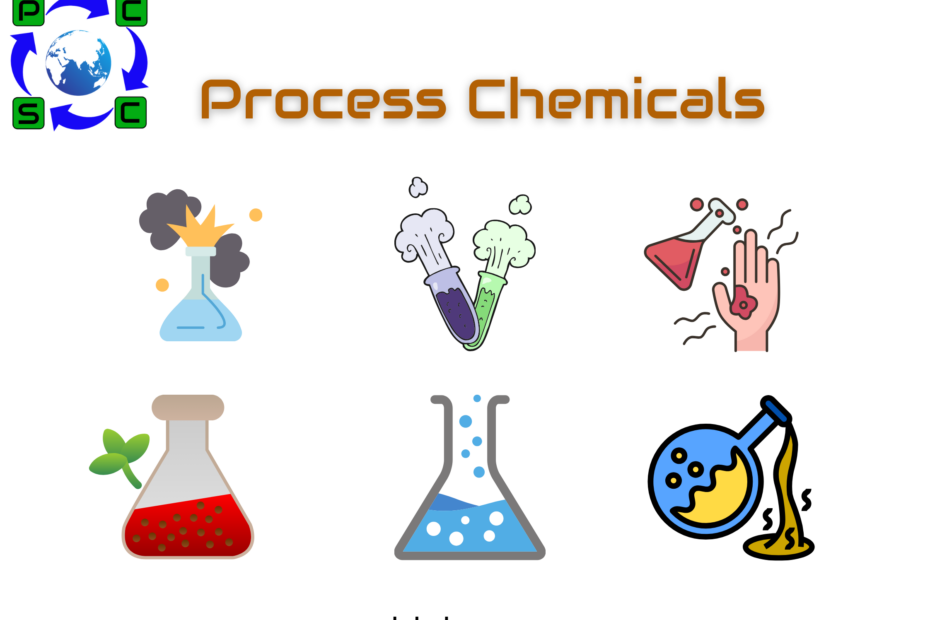
Process chemicals are compounds that are employed in a product’s manufacturing but are absent from the finished item. They can be utilised for a number of tasks, including plating, rinsing, and cleaning.
Solvents, acids, and bases are a few examples of process chemicals.
For a variety of reasons, it is crucial to report process chemicals in the IMDS tool. In the beginning, some process chemicals might be dangerous or controlled substances. Some solvents, for instance, are regarded as volatile organic compounds (VOCs), which can cause air pollution. The REACH regulation of the European Union may impose limits on other process chemicals.
Manufacturers and suppliers can help to guarantee that their goods comply with all relevant environmental regulations by registering process chemicals in the IMDS tool. The IMDS tool can also be used to track the usage of process chemicals over time and spot opportunities for waste reduction and environmental performance enhancement.
Here are some advantages of reporting process chemicals in the IMDS tool specifically:
Compliance with environmental standards: A lot of environmental regulations demand that suppliers and manufacturers disclose the use of potentially dangerous or restricted materials in their products. Manufacturers and suppliers can make sure they are following these rules by reporting process chemicals in the IMDS tool.
Better product quality: By keeping track of the use of process chemicals, producers may find and get rid of potential contamination sources. This may aid in raising the calibre of their output.
Reduced environmental impact: Manufacturers can lessen their environmental impact by using less hazardous and regulated process chemicals. Cost reductions and advantages for the business reputation can result from this.
Increased supply chain transparency: Customers and other stakeholders can be informed about process chemicals using the IMDS platform. This can enhance supply chain transparency and foster customer trust.
Overall, producers and suppliers across all industries should record process chemicals in the IMDS tool. It can aid in ensuring environmental rules are followed, enhancing
product quality, minimising environmental effect, and enhancing supply chain transparency.
How to Use the IMDS Tool to Report Process Chemicals
➔ Process chemical reporting via the IMDS tool is a rather simple procedure. The IMDS system requires manufacturers and suppliers to first register for an account. They can begin producing material data sheets (MDS) for their products as soon as they have an account.
➔ MDSs are documents that list the materials that went into a product. Manufacturers and suppliers must list every item used in a product, including process chemicals, in order to develop an MDS for it.
➔ Manufacturers and suppliers must upload the finished MDS to the IMDS system. The IMDS team will then examine the MDS. The MDS will be included in the IMDS database if it is approved.
➔ Customers and other stakeholders can see the MDS to learn more about the ingredients used in the product, including process chemicals, once it has been entered into the IMDS database.
Conclusion
Manufacturers and suppliers who wish to make sure their goods comply with environmental requirements, enhance product quality, lessen their impact on the environment, and increase supply chain transparency must report process chemicals in the IMDS tool.
I urge you to start reporting process chemicals in the IMDS tool right away if you haven’t previously. The method is reasonably straightforward, and there are substantial advantages.
For more information on the impact please book a free consultation by filling the form or writing to us at manjunath.c@globalpccs.com








 Authorised IMDS & CDX Training & Consulting partner for
Authorised IMDS & CDX Training & Consulting partner for






